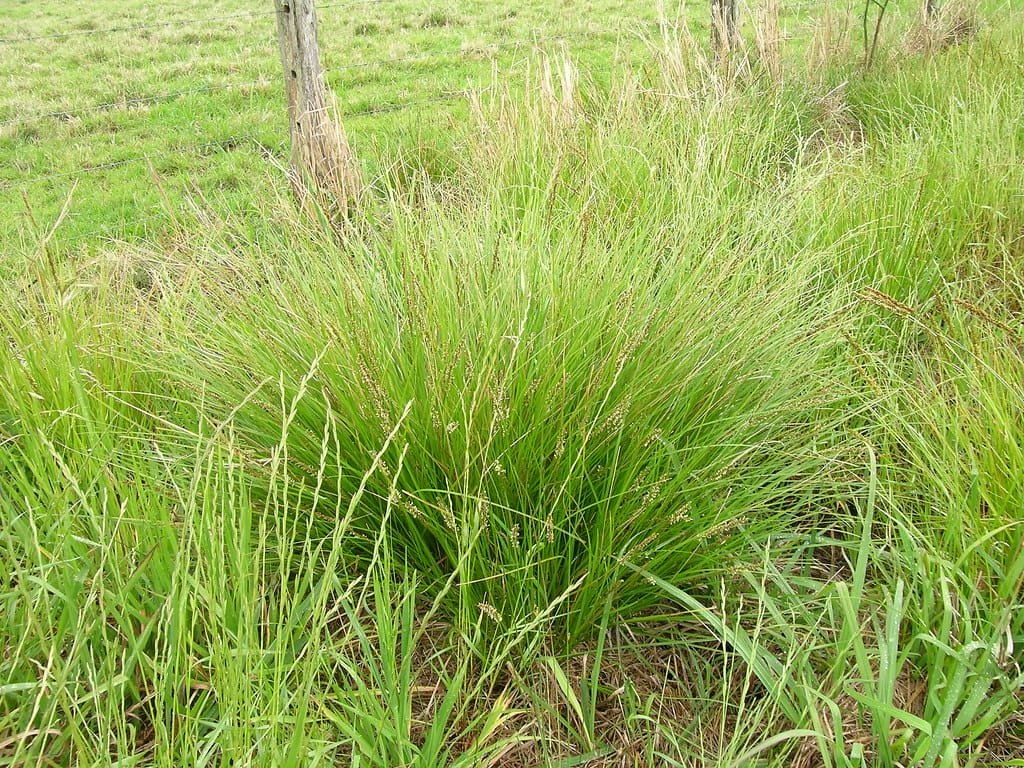Carex appressa
What is Carex appressa (Tall Sedge)?
Carex appressa, also known as Tall Sedge, a beautiful, low-maintenance, native grass ideal for erosion control and landscaping. It has an upright habit and a lush, green appearance. Perfect for any outdoor space and resistant to pests and diseases.
Habit
A native perennial sedge growing up to 1m tall. Occurs in dense clumps in damp areas, fringes of creek, wetlands and ephemeral areas. Tussock Sedge can tolerate periodic flooding but will not grow in permanently flooded conditions.
Identifying Features
Forms dense clumps
Leaves are green and shiny approximately 3-4mm wide.
Leaves form a V-shape
Stem of the flower is triangular and approximately 10-30cm long
Flowers spiral up the stem and are brown in colour
Notes
Tussock Sedge is a hardy species commonly used creek rehabilitation and wetlands as a fringing plant. Can tolerate periods of dry and flooding. Good for soil stabilisation and erosion control. Will germinate readily from seed.
More info about Tall Sedge
Carex appressa, also known as Tall Sedge, is a perennial grass native to Australia, New Zealand, and several Pacific islands. It is a common species found in a variety of habitats including wetlands, grasslands, and along waterways.
Here are some key points about Carex appressa:
Growth habit: Carex appressa grows in clumps, with slender, upright stems reaching a height of about 50-100 cm (20-39 inches). The leaves are narrow and green in color, with a slightly rough texture. The plant produces small, inconspicuous flowers and seeds.
Ecological importance: Carex appressa is an important component of wetland ecosystems, providing cover and habitat for small animals and insects. It is also an important food source for a variety of animals, including waterfowl and other wetland birds.
Management: Carex appressa is generally not considered to be a problem species and is not often targeted for control. It can be managed through grazing or mowing, or by removing the plant manually.
Uses: Carex appressa is used for erosion control and landscaping, as well as in wetland restoration projects. It is also used for basketry and other crafts. It is popular for use in landscaping due to its attractive appearance and low maintenance requirements.


